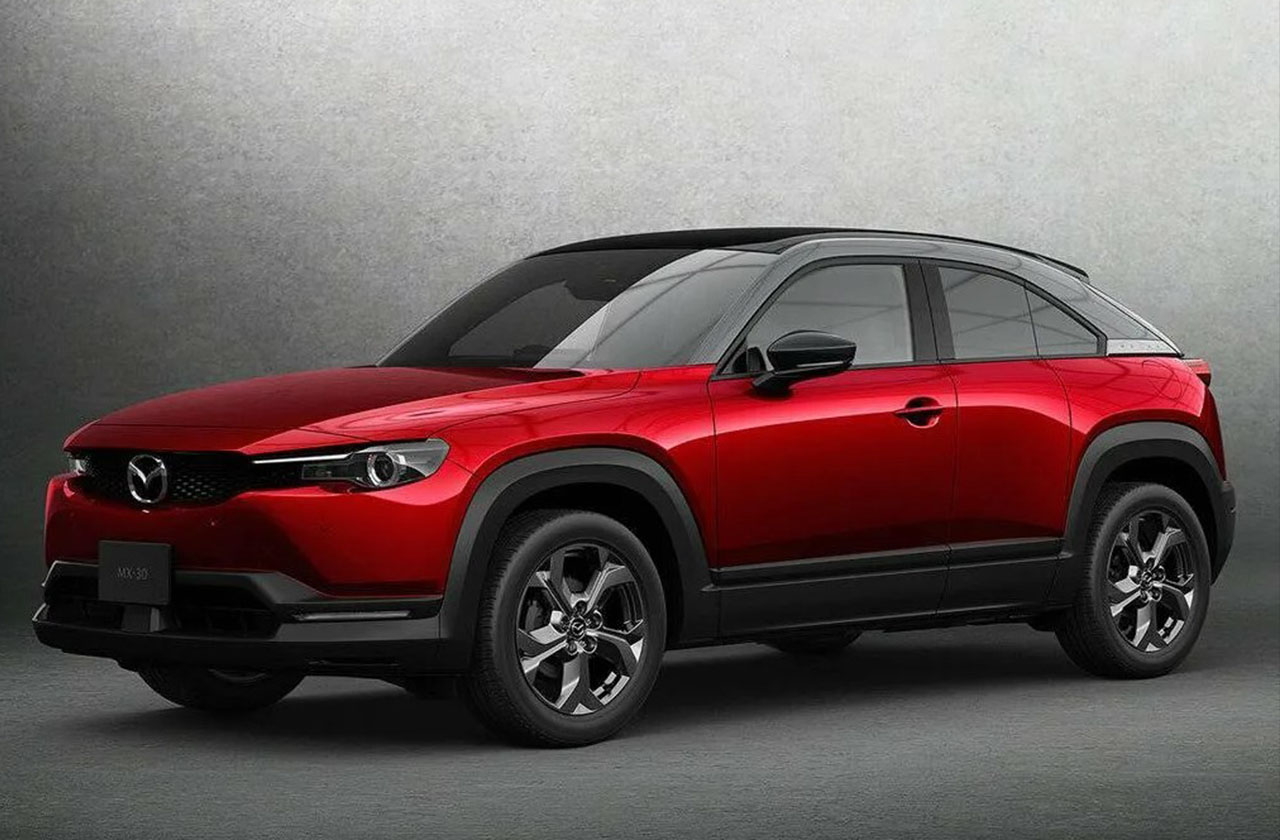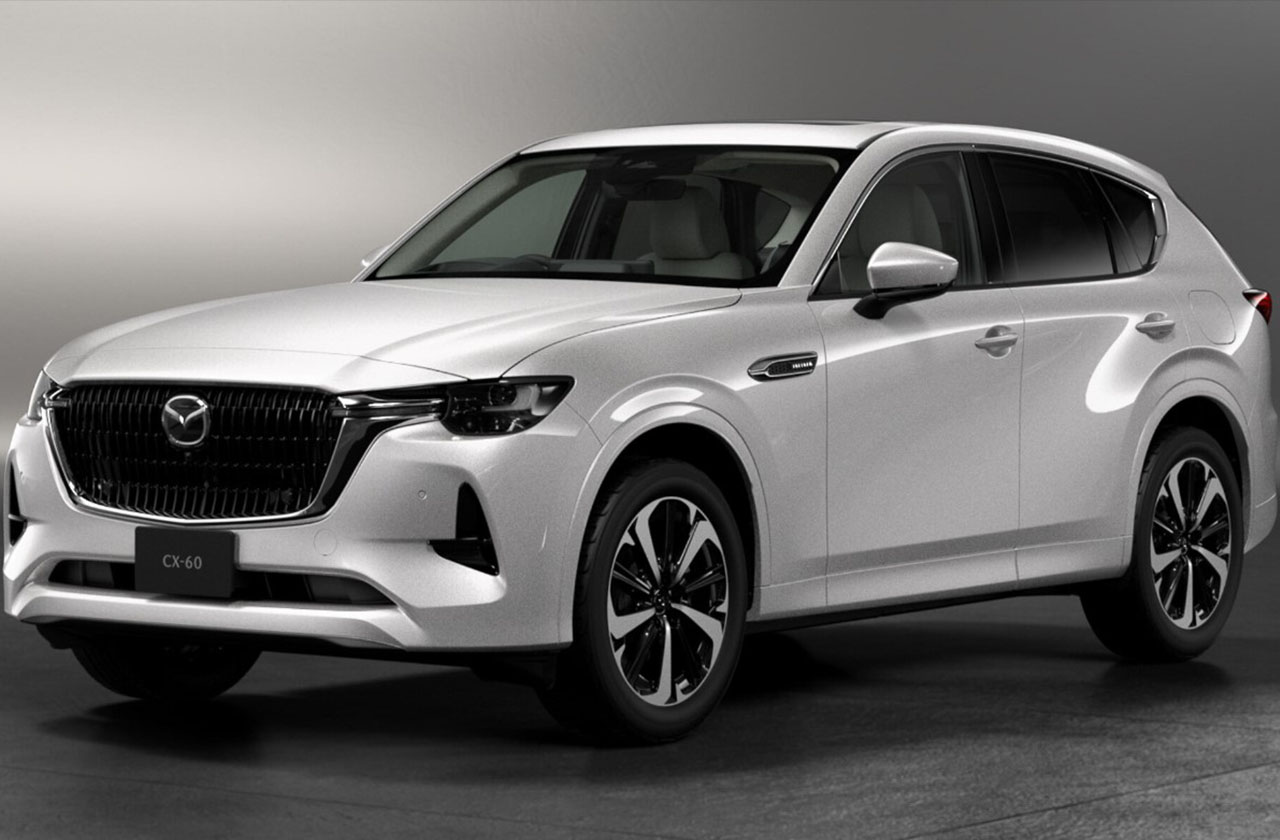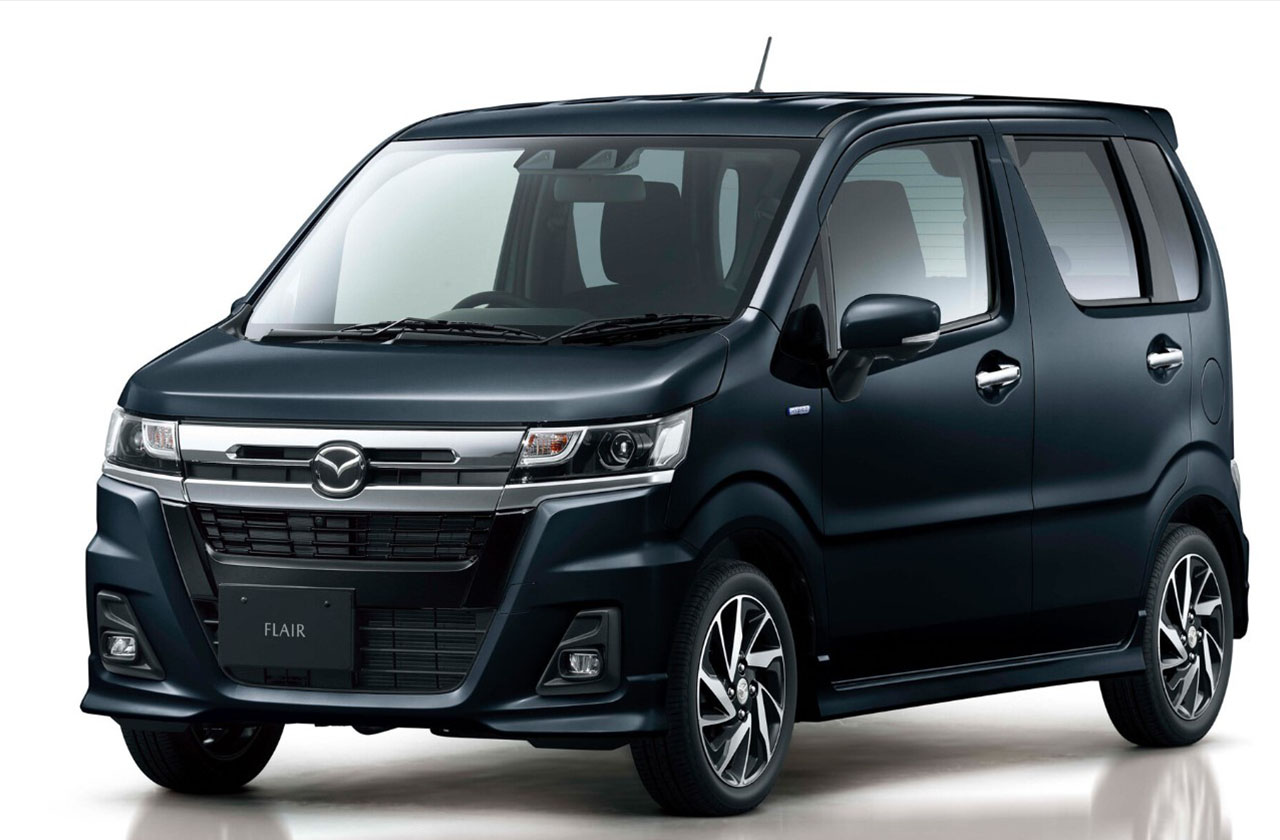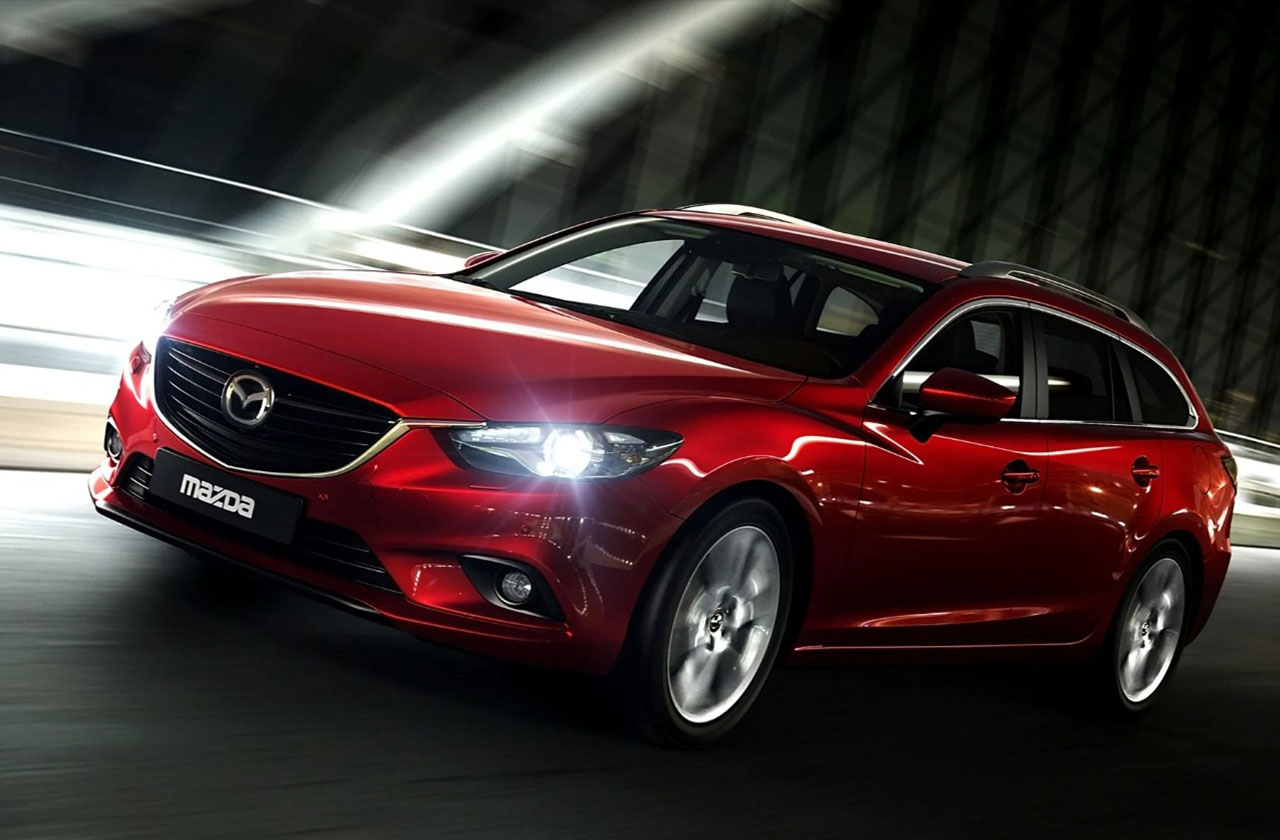Mazda Motor will return the Wankel rotary piston engine (RPD) to the production program. It is officially announced that the first new car with RPD will be presented on January 13 at the motor show in Brussels.
The new RPD will be the first to receive the Mazda MX-30 compact crossover. The engine is used as part of a hybrid installation of a sequential type. In such systems, the internal combustion engine has no connection with the wheels, but is used to charge traction batteries through the generator, which feed the electric motor.
Conventional piston engines produce energy from the combustion of fuel in the cylinders and the reciprocating motion of the pistons. RPDs are arranged differently - in them a trihedral rotor rotates inside the cylinder and cuts off the variable volumes of the chambers using three radial seals. This concept eliminates the need for a special gas distribution mechanism.
Recall that the Mazda MX-30 has been produced since 2020. The model is based on the compact CX-30. Currently offered with a mild hybrid installation, with a 2.0-liter gasoline unit (145 hp) and a 24-volt starter-generator, or in a “pure electric vehicle” modification (engine power - 145 hp, capacity batteries - 35 kWh, power reserve - 200-250 km).
Mazda is one of the few automakers to produce cars with RPDs, and the only one to offer such a design in the 21st century.
Mazda produced the first car with RPD in 1967. It was a Mazda Cosmo coupe equipped with a 1.0 liter twin-rotor engine manufactured by Mazda under license from the German company NSU. Mazda worked to improve the design of the RPD for half a century, which is reflected in the development of the Cosmo line, offered until the late 1980s, and its successor, the RX line. The last model with RPD was the RX-8 coupe, which was discontinued in 2012. The advantages of RPD over conventional piston engines are low vibration levels, high power density, light weight, small dimensions, fewer parts. Disadvantages - faster wear of rubbing elements and seals, tendency to overheat, increased fuel consumption at low speeds, low maintainability.





